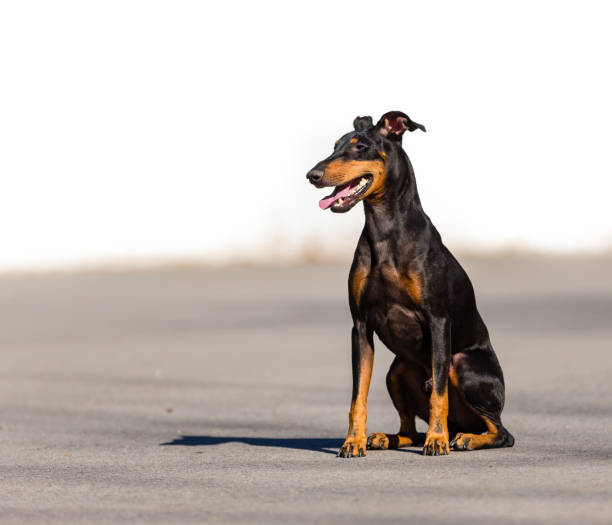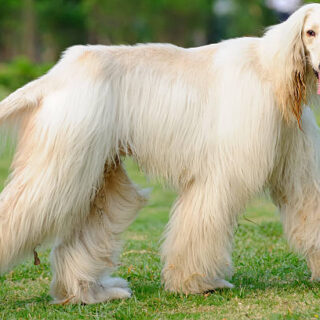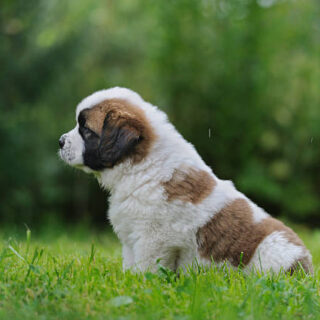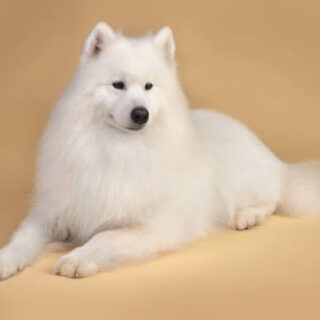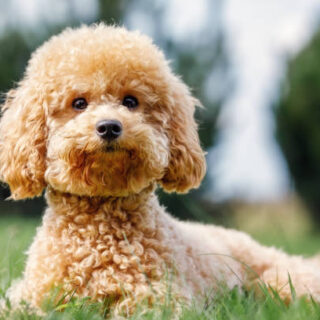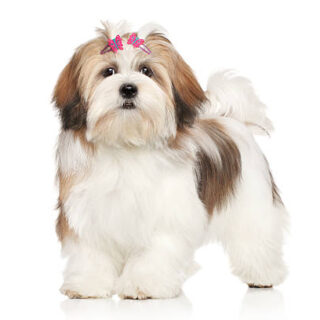Your cart is currently empty!

Single Product
Manchester Terrier
Manchester Terrier Unlike many terriers, bred for country pursuits, the Manchester Terrier has its roots in urban civilisation, developed in the city and surroundings of Manchester to keep down rats in the developing towns and mills in the industrialisation of the mid 19th century. Again the old Black and Tan terrier can claim some part…
Description
Manchester Terrier
Unlike many terriers, bred for country pursuits, the Manchester Terrier has its roots in urban civilisation, developed in the city and surroundings of Manchester to keep down rats in the developing towns and mills in the industrialisation of the mid 19th century. Again the old Black and Tan terrier can claim some part in its ancestry, but with an input of Whippet blood. The Manchester terrier could also be an efficient hunter for rabbits and bring home the supper.
In the early days the breed had its ears cropped to prevent injury from rats or from fighting in staged contests which were popular at the time. However, this ban on cropping in 1898 brought a decline in the breeds popularity: the pendant ears of the uncropped dogs were off-putting to those who had known the cropped version. Such is fashion!
The advent of modern methods of vermin control also threatened the survival of the breed, and by the 1940’s the breed was something of a rarity, with only 11 registered pedigree dogs in 1945.
Thankfully the work of a few dedicated breeders and the British Manchester Terrier Club, the breed has enjoyed a regeneration of interest and the smart, little black and tan with its unique thumb print markings on its legs, is now growing in popularity both in the show ring and as a family pet.
General appearance
Compact, elegant and sound with substance.
Characteristics
Keen, alert, gay and sporting.
Temperament
Discerning and devoted.
Head and skull
Long skull, flat and narrow, level and wedge-shaped, without showing cheek muscles, well filled up under eyes, with tapering tight-lipped mouth.
Eyes
Relatively small, dark and sparkling. Almond-shaped, not prominent.
Ears
Small and V-shaped, carried well above top line of head and hanging close to head above eyes.
Mouth
Jaws level, with perfect, regular scissor bite, i.e. upper teeth closely overlapping lower teeth and set square to the jaws.
Neck
Fairly long and tapering from shoulder to head and slightly arched at crest; free from throatiness.
Forequarters
Shoulders clean and well sloped. Front narrow and deep. Forelegs quite straight, set on well under dog; and proportionate length to body.
Body
Short with well-sprung ribs, slightly arched over the loin and cut up behind ribs.
Hindquarters
Strong and muscular, well bent at stifle. Hindlegs neither cow-hocked nor with feet turned in.
Feet
Small, semi-harefooted and strong with well-arched toes.
Tail
Short and set on where arch of back ends, thick where it joins body, tapering to a point, carried not higher than level of back.
Gait/movement
Straight, free and balanced with good-reaching forequarters and driving power in hindquarters.
Coat
Close, smooth, short and glossy, of firm texture.
Colour
Jet black and rich mahogany tan distributed as follows: on head, muzzle tanned to nose, nose and nasal bone jet black. Small tan spot on each cheek and above each eye, under-jaw and throat tanned with distinct tan V. Legs from knee downward tanned with exception of toes which shall be pencilled with black, a distinct black mark (thumbmark) immediately above feet. Inside hindlegs tanned but divided with black at stifle joint. Under tail tanned, vent tanned by marking as narrow as possible so that it is covered by tail. A slight tan mark on each side of chest. Tan outside hindlegs, commonly called breeching, is undesirable. In all cases black should not run into tan or vice versa, but division between colours clearly defined.
Size
Ideal height at shoulders: dogs: 41 cms (16 ins); bitches: 38 cms (15 ins).
Faults
Any departure from the foregoing points should be considered a fault and the seriousness with which the fault should be regarded should be in exact proportion to its degree and its effect upon the health and welfare of the dog and on the dogs ability to perform its traditional work.
Note
Male animals should have two apparently normal testicles fully descended into the scrotum.
